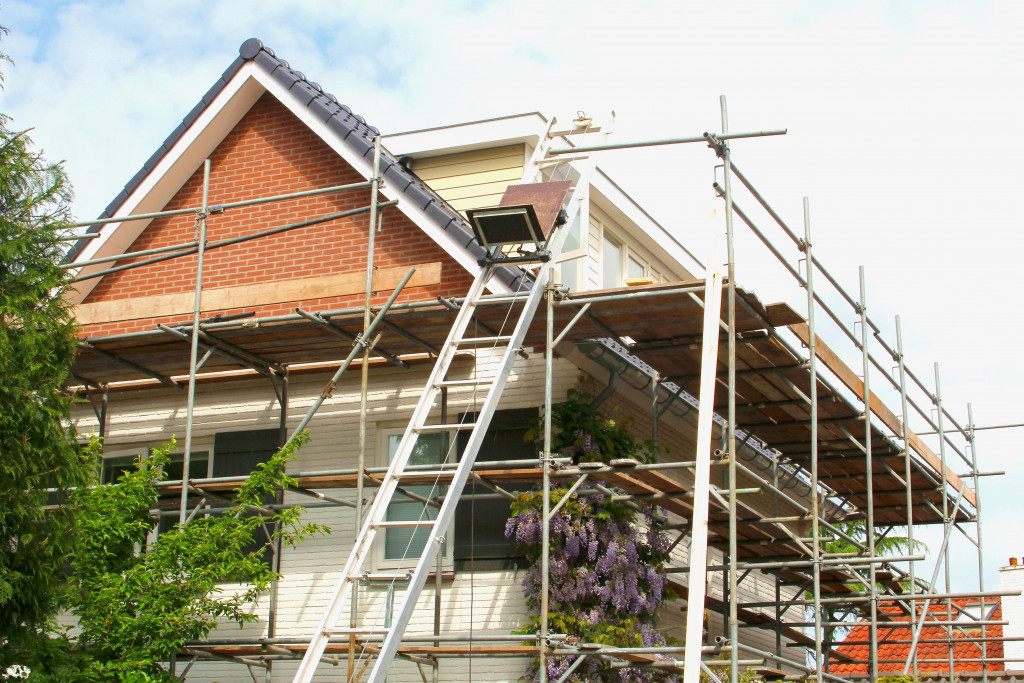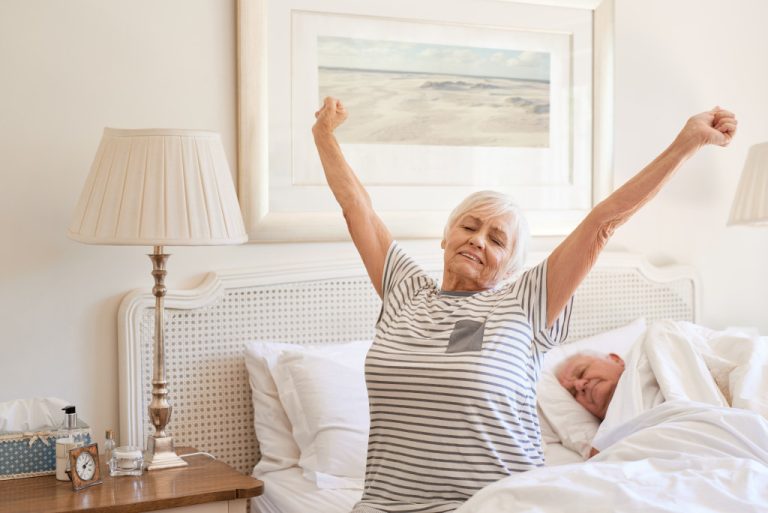- An estimated 55.8 million seniors in the U.S. experience disabilities due to age-related changes in their bodies.
- Homes in the U.S. are not designed to accommodate seniors’ needs, as they lack accessibility features, proper lighting, and more.
- To make a home suitable for seniors, bar handles should be installed to improve mobility, ramps and grab bars can help prevent falls, and more.
- Home healthcare options are often limited and cost prohibitive for many families attempting to care for seniors at home.
- Making necessary renovations ensures a safe and accessible environment where seniors can age with dignity.
As people age, their bodies undergo physiological changes that affect their mobility, balance, and cognitive abilities. Unfortunately, many homes in America are not designed to accommodate these changes, increasing the risk of falls, injuries, and other health problems among seniors. Here’s what you need to know about seniors in the country, why homes aren’t suitable for seniors, and how you can improve your home for seniors.
Seniors in The U.S.
It’s estimated that there are 55.8 million seniors in the country. These seniors have retired and primarily spend their time at home. However, homes in the U.S. can lead to more problems for them.
It’s estimated that about 36 million experience some form of disability, and many of these disabilities are due to age-related changes in their bodies. Additionally, most of these slips and falls happen in the comfort of their home.
Why Homes In The U.S. Are Not Suitable For Seniors
The American housing structure was developed with the needs of younger people. As such, it does not consider the changing needs of seniors as they age. Here’s why they are not suitable for seniors.
Lack of Accessibility
Many American homes, especially those built before the 1990s, are not designed with accessibility in mind. Most have stairs leading up to the entrance, narrow doorways, and tight spaces, making maneuvering difficult for seniors with mobility issues. Bathrooms may lack handrails, grab bars, and other safety features that can prevent slips and falls. Homes built with accessibility in mind have wider doorways, level entryways, and open floor plans that accommodate mobility aids such as wheelchairs and walkers.

Poor Lighting
Another issue that makes American homes unsuitable for seniors is the lack of proper lighting. Poor lighting can make it hard to navigate the house safely, especially for seniors with visual impairments. Having adequate lighting in stairwells, hallways, bedrooms, and bathrooms. Installing motion-sensing lights can make it easier to move around the house without fumbling for light switches.
Slippery Floors
Slippery floors can be a particular hazard for seniors. Bathrooms and kitchens are notorious for having slick surfaces that can lead to falls. Installing slip-resistant flooring or using non-skid mats can provide additional traction and prevent slips and falls. Carpets can also help reduce the risk of falls by providing a non-slip surface underfoot.
Limited Outdoor Access
Many seniors enjoy spending time in their yards, gardens, or patios. However, American homes often lack outdoor spaces that seniors can access safely. Uneven surfaces, steep slopes, and narrow walkways can make it difficult for seniors to enjoy outdoor activities without risking falls or injuries. Designing outdoor spaces with seniors in mind can include non-slip surfaces, level walkways, and raised garden beds that are easier to reach.
Inadequate Home Healthcare
Finally, one of the most pressing reasons American homes are unsuitable for seniors is the lack of in-home healthcare options. Many seniors have medical conditions that require ongoing care and monitoring. They may also need help with daily living activities such as bathing, grooming, and eating. Hiring a home healthcare provider can help seniors age in place safely and comfortably, but the high cost of these services can be prohibitive for many families.
Renovating Your Home For Seniors
Thankfully, there are ways to renovate your home for seniors. Here are five essential renovations you need to make if you’re going to have seniors in your home:

Bar Handles
One of the leading issues for seniors is the risk of slipping and falling. Installing bar handles around your house can provide seniors with a safe and secure way to move about. Bar handles make it easier for seniors to grip, giving them more mobility throughout the home.
Ramps
Stairs are often difficult for seniors with limited mobility or balance issues. To make your home more accessible, consider building ramps at the front entrance or in other areas where stairs might be an obstacle.
Grab Bars
Bathrooms have slippery floors that can lead to falls, so installing grab bars is essential. Grab bars provide additional support when transferring from a wheelchair or navigating steps, reducing the risk of falls and injuries.
Improving Lighting
Poor lighting makes it difficult for aging eyes to navigate the house. Installing motion-sensing lights, adding nightlights in hallways or stairwells, and using brighter bulbs are all great ways to make your home easier to navigate safely.
Contact The Right Contractor
By the end of the day, you’ll need a professional to help you with these renovations. You can hire an experienced general contractor to help you out. They can install the right fixtures and make sure your home is comfortable, safe, and accessible for seniors. Additionally, with the right equipment, they can renovate your home in no time.
Making necessary renovations to accommodate seniors is essential for ensuring their safety and comfort at home. With some effort, you can create a safe and accessible environment where seniors can age in place with dignity. Taking the time to understand the needs of seniors and making necessary changes can be an invaluable gift for aging family members or loved ones.
